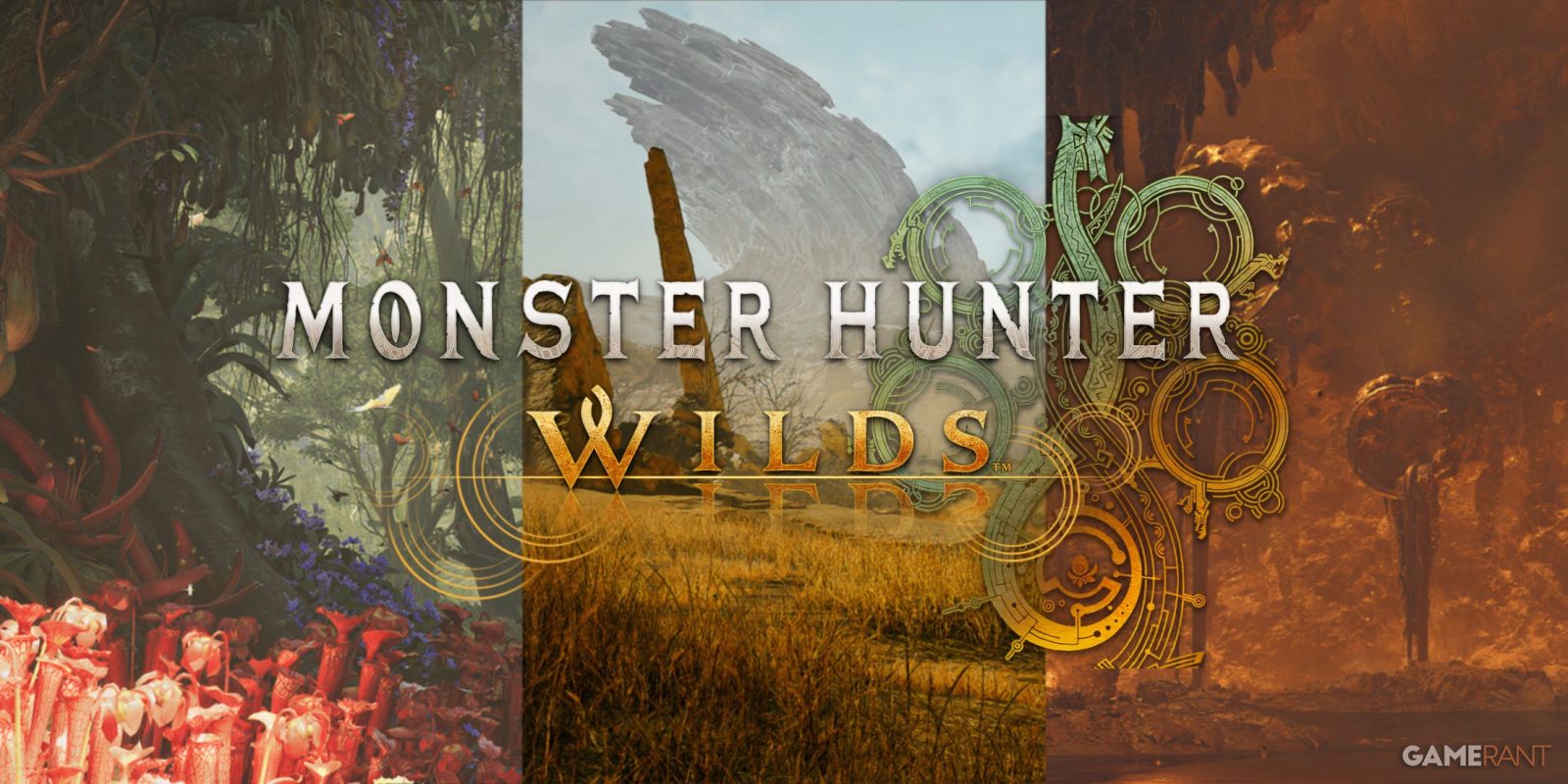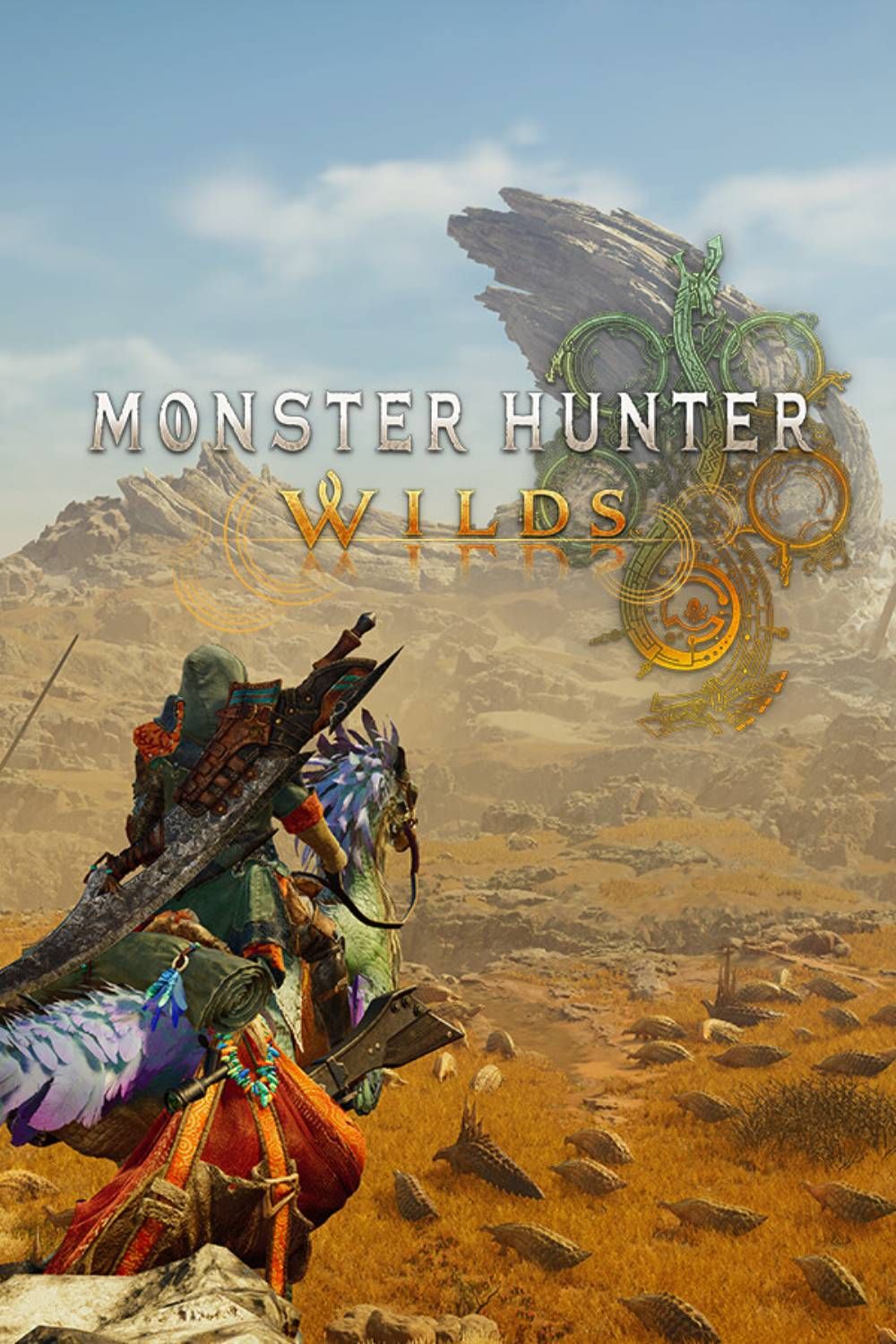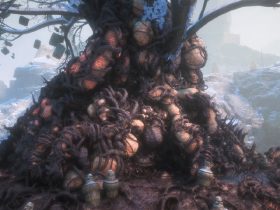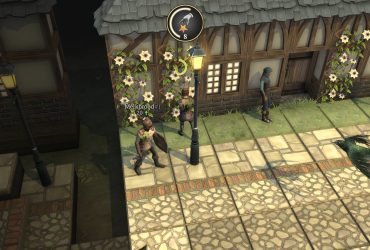Key Takeaways
- Monster Hunter Wilds features 3 unique ecosystems with distinct environments, weather patterns, & monsters.
- The Windward Plains, Scarlet Forest, & Oilwell Basin have been confirmed with their own defining characteristics.
- The three ecosystems give insight into Monster Hunter Wilds’ diverse world.
Monster Hunter Wilds continues to look more ambitious by the day as Capcom commits to regularly revealing bits and pieces of its gameplay and world. The world itself has been repeatedly put on display, with three unique ecosystems already revealed for Monster Hunter Wilds, along with details about their environments, weather patterns, and unique monsters.
The Windward Plains, the Scarlet Forest, and Oilwell Basin are the three ecosystems revealed for Monster Hunter Wilds so far, each of which has distinct characteristics, including flora, fauna, and monsters. It’s highly likely there are even more than this, but these at least offer a look at what the whole of Monster Hunter Wilds‘ world will be like.

Related
Monster Hunter Wilds Leaked Returning Monsters Explained
Players dug some common monster ID numbers out of the Monster Hunter Wilds beta’s files, and they look awfully familiar to series veterans.
Three Ecosystems Have Been Confirmed So Far for Monster Hunter Wilds
The Windward Plains Is a Diverse Region of Deserts and Grasslands
Monster Hunter Wilds‘ Windward Plains region is likely to be the one players remember most after their time playing the game, as it is the first hunting locale they will visit and the one that has most prominently appeared in the game’s trailers and gameplay footage. The Windward Plains is Monster Hunter Wilds‘ now-famous desert grassland region, which features an Inclemency called the Sandtide. The Sandtide sandstorm is also one of the more recognizable environmental features of Monster Hunter Wilds, as its rolling thunder and bright blue lightning strikes have been featured in much of the game’s footage.
Players will encounter at least five unique monsters in the Windward Plains, including the following:
|
Monster |
Type |
Details |
|---|---|---|
|
Rey Dau |
Flying Wyvern |
Apex predator of the Windward Plains that appears most prominently during Sandtide and can discharge electricity for powerful damage |
|
Balahara |
Leviathan |
Can create quicksand traps |
|
Quematrice |
Brute Wyvern |
Can spread and ignite a flammable substance, and are sometimes hostile towards other monsters |
|
Doshaguma |
Fanged Beast |
Sometimes travels in packs and are generally aggressive |
|
Chatacabra |
Amphibian |
Adhesive tongue that can pick up rocks and attach them to the body to increase their power |
Players will also discover one of Monster Hunter Wilds‘ settlements, Kunafa, Windsong Village, in the Windward Plains. Windsong Village is likely to be one of the earliest locations players will visit in Monster Hunter Wilds, as it is also where the Seikret, the players mount, lives. Furthermore, the people of Windsong Village primarily live on the cheese produced by their livestock.
The Scarlet Forest Is a Wooded Region With Abundant Water
The Scarlet Forest is another ecosystem in Monster Hunter Wilds that can be found by following the river in the Windward Plains. Apart from being a beautiful, wooded area with towering trees and flowing water, the Scarlet Forest experiences an Inclemency called the Downpour, where torrential rain falls and floods the area. Just as is the case with the Windward Plains, when the Scarlet Forest’s Inclemency comes, so does the region’s apex predator. Finally, players may happen upon the Wudwud Hideout, home of a Lynian tribe called Wudwuds, during their time exploring the deepest parts of the Scarlet Forest.
There are at least two unique monsters to be hunted in the Scarlet Forest, including the following:
|
Monster |
Type |
Details |
|---|---|---|
|
Uth Duna |
Leviathan |
Apex predator of the Scarlet Forest that appears most often during the Downpour and can form a protective veil around itself using moisture |
|
Lala Barina |
Temnoceran |
Features a thorax that resembles a rose in bloom |
The Oilwell Basin Has Oil Wells That Spring Up From the Ground
Monster Hunter Wilds‘ Oilwell Basin is one of the series’ most distinctive locations yet, as it features oil wells that spring up from the ground to form deep pools of oilsilt. Oilwell Basin also features an Inclemency called the Firespring, where “fires blaze.” Apart from that cryptic bit of information, not much is known about Oilwell Basin’s unique weather system. The ecosystem is also home to the people of Azuz, the Everforge, a village formed around a large forge where skilled craftsmen can be found.
Oilwell Basin features at least three unique monsters, including the following:
|
Monster |
Type |
Details |
|---|---|---|
|
The Black Flame |
Unknown |
Potentially most active during the Firespring |
|
Rompopolo |
Brute Wyvern |
Sprays toxic gas from its tongue and injects gas into the ground with its tail to trigger poisonous explosions |
|
Ajarakan |
Fanged Beast |
Scrapes its claws on its back to vastly increase the temperature of its metal-infused carapace |
There could very well be even more ecosystems in Monster Hunter Wilds, but only the Windward Plains, the Scarlet Forest, and Oilwell Basin have been revealed so far. As Monster Hunter Wilds has proven to reveal more information about the game as time goes on, there is plenty of reason to believe that there are even more ecosystems yet to be disclosed.












Leave a Reply